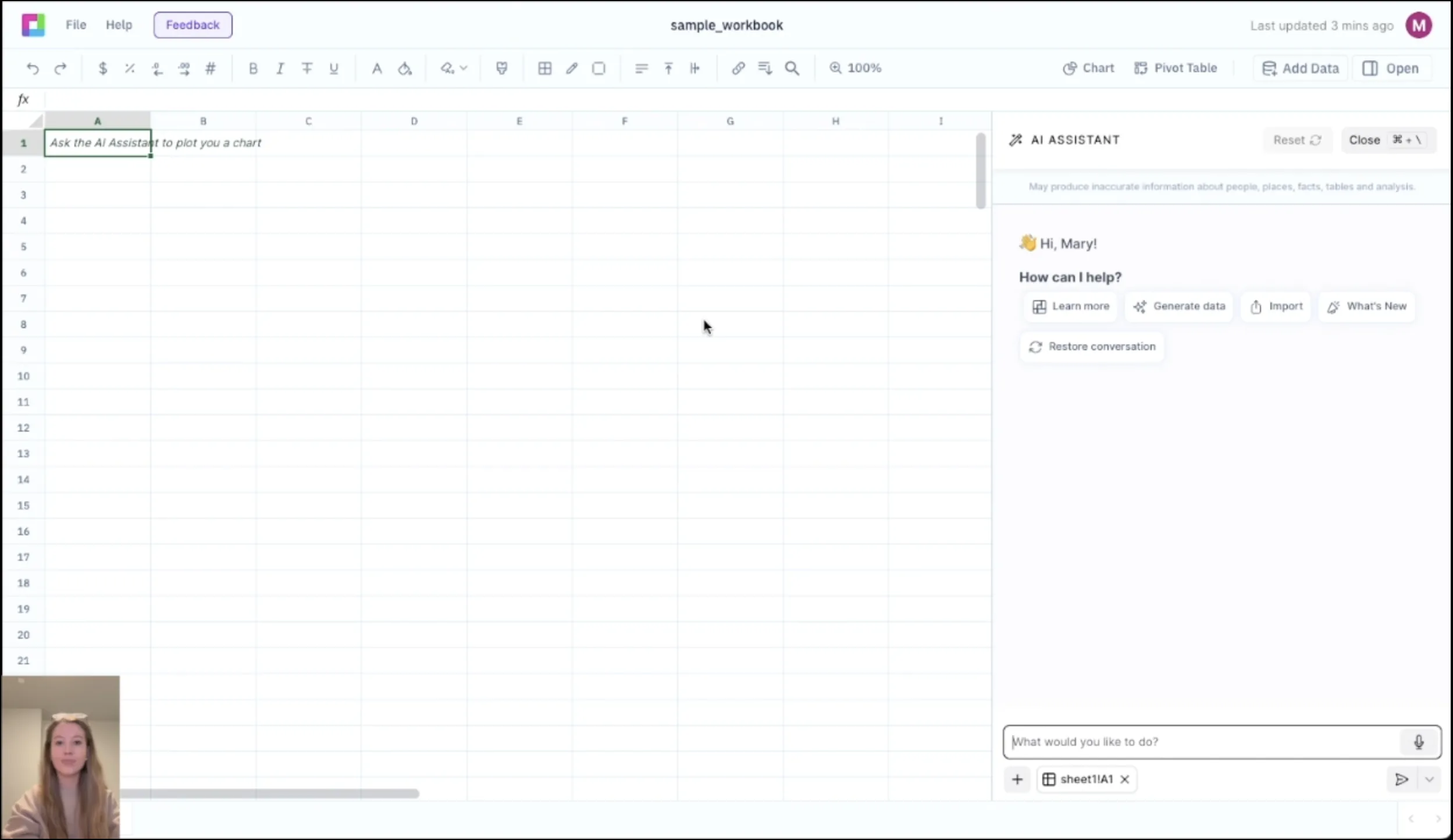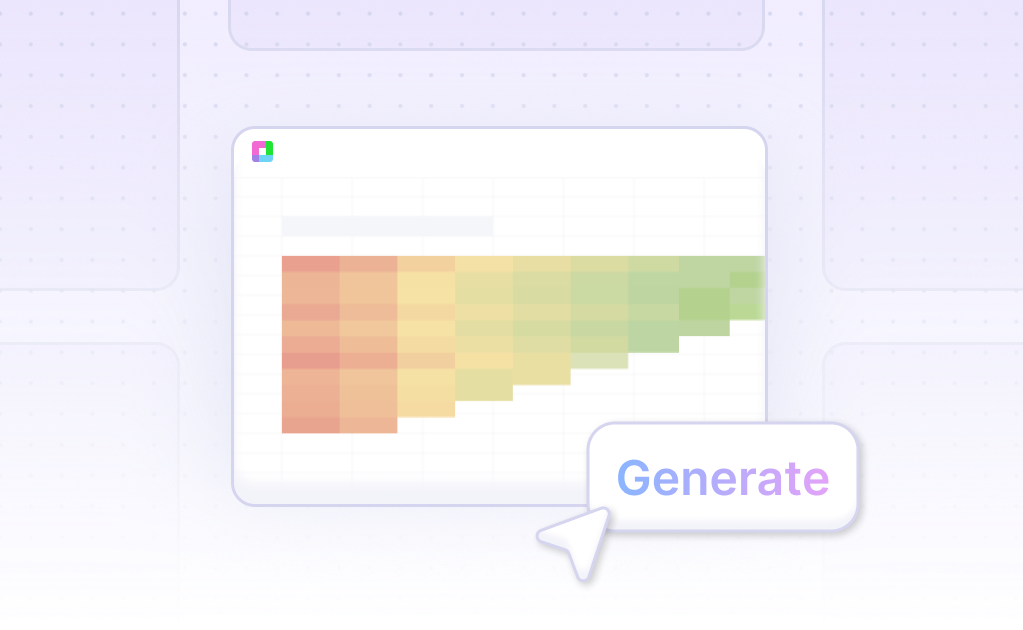
Master Portfolio Rebalancing with Professional Optimization Tools
Portfolio rebalancing is essential for maintaining target allocations, managing risk, and optimizing investment performance over time. Our Portfolio Rebalancing template provides comprehensive tools to implement rebalancing strategies, minimize transaction costs, and maintain optimal portfolio allocations with institutional-quality frameworks for investment management.
From drift analysis to cost optimization, enhance portfolio efficiency. Built for portfolio managers, investment advisors, and wealth managers, this template helps you implement systematic rebalancing, minimize costs, and maintain optimal portfolio performance.
Comprehensive Rebalancing Algorithm Framework
Threshold-Based Rebalancing
Implement threshold-based rebalancing with absolute and relative tolerance bands, drift monitoring, and trigger mechanisms. Optimize threshold levels for different asset classes and market conditions.
Calendar-Based Rebalancing
Execute calendar-based rebalancing with monthly, quarterly, and annual schedules. Analyze rebalancing frequency trade-offs and optimal timing strategies.
Volatility-Adjusted Rebalancing
Implement volatility-adjusted rebalancing with dynamic threshold adjustment, volatility targeting, and regime-aware rebalancing. Adapt rebalancing frequency to market conditions.
Cost-Optimized Rebalancing
Develop cost-optimized rebalancing with transaction cost modeling, tax-aware rebalancing, and net benefit analysis. Minimize total implementation costs while maintaining allocation targets.
Drift Analysis & Performance Monitoring
Allocation Drift Monitoring
Monitor allocation drift with real-time tracking, deviation analysis, and drift attribution. Identify sources of drift and assess impact on portfolio risk and return.
Risk Attribution Analysis
Analyze risk attribution with active risk decomposition, factor exposure drift, and risk budget utilization. Track risk concentration and diversification changes.
Performance Impact Assessment
Assess performance impact of drift with return attribution, tracking error analysis, and benchmark comparison. Quantify costs and benefits of rebalancing decisions.
Rebalancing Effectiveness
Measure rebalancing effectiveness with rebalancing premium calculation, turnover analysis, and strategy comparison. Optimize rebalancing parameters and strategies.
Frequently Asked Questions
How does it implement threshold-based rebalancing?
The template implements threshold-based rebalancing with absolute and relative tolerance bands, drift monitoring, and trigger mechanisms. It optimizes threshold levels for different asset classes and market conditions.
Can it handle cost-optimized rebalancing?
Yes, the template develops cost-optimized rebalancing with transaction cost modeling, tax-aware rebalancing, and net benefit analysis. It minimizes total implementation costs while maintaining allocation targets.
How does it monitor allocation drift?
The template monitors allocation drift with real-time tracking, deviation analysis, and drift attribution. It identifies sources of drift and assesses impact on portfolio risk and return.
Does it include performance impact assessment?
The template includes performance impact assessment with return attribution, tracking error analysis, and benchmark comparison. It quantifies costs and benefits of rebalancing decisions.
How does it measure rebalancing effectiveness?
The template measures rebalancing effectiveness with rebalancing premium calculation, turnover analysis, and strategy comparison. It optimizes rebalancing parameters and strategies.
Related Portfolio Management Tools
Connect your most-used data sources and tools to Sourcetable for seamless analysis.
Frequently Asked Questions
If you question is not covered here, you can contact our team.
Contact Us





